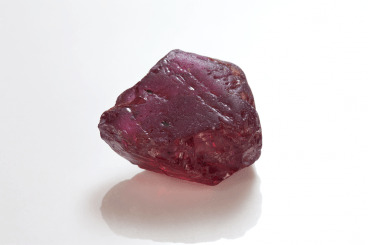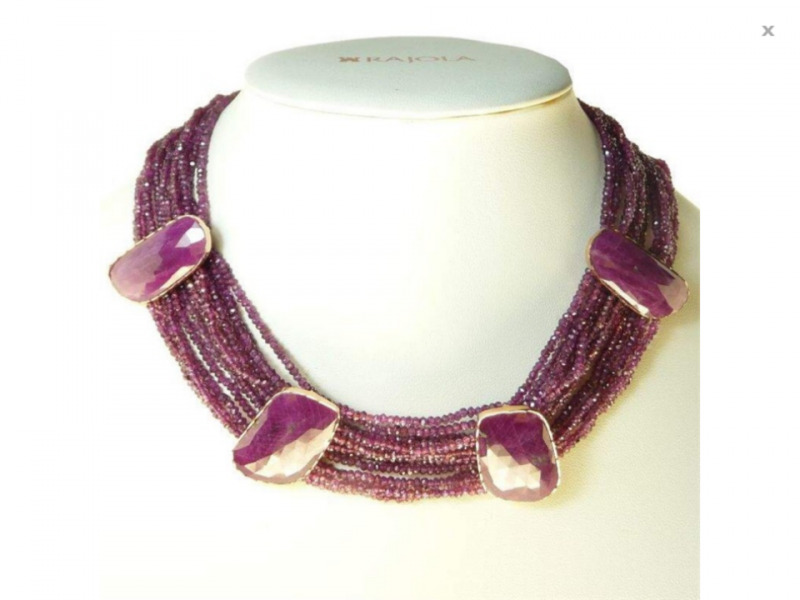Composition
Each mineral is a distinct, inorganic compound with a definite chemical composition and atomic structure. Most of the time, rocks are aggregates composed of various minerals, though one mineral can be dominant over the others. Rocks typically fit into three general classes: igneous rocks, sedimentary rocks and metamorphic rocks.
Igneous rocks are formed by the solidification of a hot molten substance (magma) that is pushed into the fissures in the Earth’s crust or erupts from the surface in the form of volcanic lava. When the magma, which is composed of rather fluid elements, makes its way into the fractures in the rocks, it forms the gemmiferous pockets that contain the best gem-producing materials. This type of crystallisation is called pegmatitic.
The process of sedimentary rock formation is divided into three stages. The first stage consists of the meteoric degradation of the mother rock due to the actions of atmospheric agents, temperature variations or the chemical alteration of less stable materials. The second stage involves the transport of the products of the meteoric degradation (deposits, dust and fragments) by water or wind.
The third stage consists of the sedimentation of the deposits. Usually, the selection of the deposits is carried out naturally. The “lighter” deposits are carried by currents, while the more gemmologically important and “heavier” minerals are deposited, in the form of smooth and polished pebbles, in depressions in the basins of waterways to form drifts or alluvial deposits. The consolidation of these sediments forms stratified rocks. This process of formation is typical for stones such as turquoise, malachite and opal.
The heat and pressure stemming from intrusions of igneous rocks or the collision of rocky masses during disturbances deep in the earth’s crust can modify the igneous or sedimentary rocks involved in the phenomenon. As a result, a new type of rock, called metamorphic rock, is formed. The primary cause of this transformation is high temperature, though another possible influence is the gas emitted during the final stages of the cooling of the igneous intrusion.
CRYSTALLINE STRUCTURE
Almost all minerals grow in regular, symmetrical crystal arrangements.
The following seven crystal systems exist in crystallography:
- Isometric or Cubic e.g. diamond, garnet
- Tetragonal e.g. zircon
- Hexagonal e.g. amethyst, emerald
- Trigonal e.g. dioptase, ruby
- Orthorhombic e.g. iolite
- Monoclinic e.g. moonstone
- Triclinic e.g. labradorite
Crystals are often irregularly shaped due to a more rapid development of some of their faces with respect to others. However, the angulation of the faces remains stable, which means the crystal structure of that mineral does not change.




